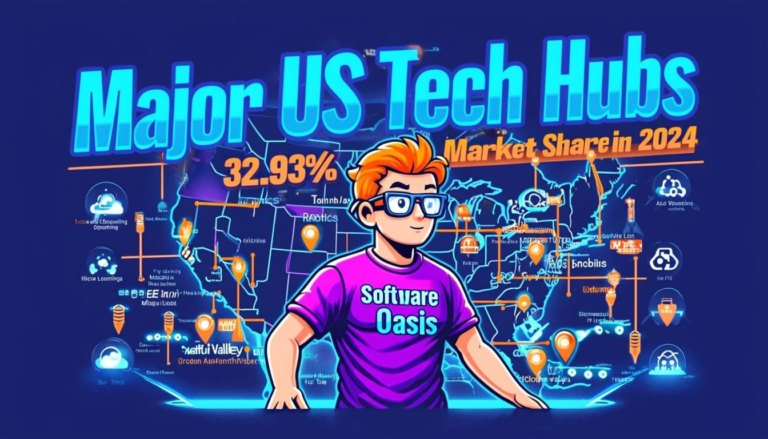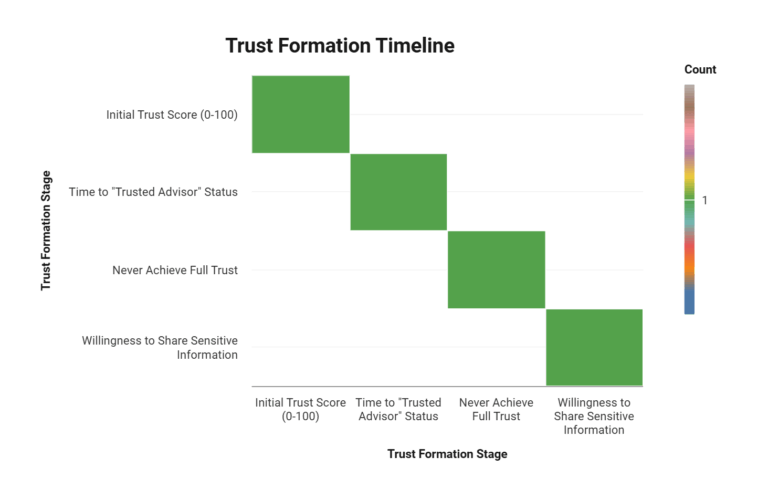Time-to-Hire Reductions with Skills-Based Platforms: 2025 Statistics and Data
Time-to-Hire Reductions
In today’s competitive job market, reducing time-to-hire has become a critical priority for organizations, particularly in tech. Skills-based hiring platforms have emerged as a game-changing solution, enabling companies to streamline recruitment processes and quickly secure top talent. This article explores the latest 2025 statistics and data on how these platforms are transforming hiring timelines.
The Importance of Reducing Time-to-Hire
Time-to-hire is a key metric that directly impacts organizational productivity and costs. According to Deloitte's Recruitment Efficiency Report (2024), unfilled roles cost companies an average of $500 per day, with the financial impact compounding for high-demand tech positions. In industries like software development, where project deadlines are tight, delays in filling roles can lead to missed business opportunities.

A LinkedIn survey from its Global Hiring Trends Report (2024) found that 68% of recruiters identified time-to-hire as their most important performance metric in 2024, up from 55% in 2022. This growing emphasis highlights the need for efficient hiring processes.

How Skills-Based Platforms Help
Skills-based platforms leverage pre-screening tools, automated assessments, and AI-driven matching algorithms to accelerate the hiring process. Burning Glass Institute's Hiring Efficiency Study (2024) found that companies using these platforms reduced their time-to-hire by an average of 25%. Some organizations reported reductions as high as 40%.
Key Features Driving Efficiency
- Pre-screened candidate pools provided by platforms like CourseCareers allow employers to access candidates who have already demonstrated their competencies through verified assessments.
- Automated matching algorithms powered by AI connect candidates to open roles based on specific skill requirements, eliminating manual resume reviews.
- Real-time analytics enable employers to track hiring progress and identify bottlenecks using data dashboards.
Real-World Examples
Tech startups often operate under tight timelines and limited budgets. A 2025 case study by CourseCareers revealed that its clients in the tech startup space reduced their average time-to-hire from 30 days to just 18 days. Larger enterprises also benefit from skills-based platforms. According to LinkedIn's Future of Work Report (2025), enterprises using such platforms saw a 20% improvement in hiring speed for entry-level tech roles. Additionally, a McKinsey study on multinational corporations found that companies using skills-first approaches reduced their hiring timelines by an average of 15% across global markets.

Benefits of Faster Hiring Cycles
Reducing time-to-hire offers several advantages for employers:
- Faster hiring processes create a positive impression among candidates, increasing offer acceptance rates. A Glassdoor survey (2024) found that candidates are 35% more likely to accept a job offer after completing the recruitment process within two weeks.
- Shorter recruitment cycles reduce overhead costs associated with prolonged hiring efforts. Deloitte's Cost-Per-Hire Benchmark Report (2024) estimates that organizations save an average of $4,000 per hire by reducing time-to-hire by just one week.
- Companies that hire quickly are better positioned to secure top talent before competitors, especially in high-demand fields like cloud computing and cybersecurity.
Challenges in Achieving Faster Hiring Timelines
While skills-based platforms offer significant benefits, some challenges persist. Employers may still require additional assessments to ensure candidates meet job requirements, with a SHRM study (2024) finding that 62% of HR professionals cite skill validation as a barrier to faster hiring. Adopting new technologies can also require significant time and resources, particularly for legacy systems.

Programs like CourseCareers address these challenges by offering pre-screened candidate pools and seamless integration options for employers.

Additional Statistics on Time-to-Hire Metrics
The following data highlights broader trends in time-to-hire across industries:
- According to LinkedIn's Hiring Trends Report (2024), the average time-to-hire for tech roles decreased from 42 days in 2020 to 30 days in 2024 due to advancements in recruitment technology.
- A Gartner report on HR technology adoption (2024) found that organizations using AI-powered tools reduced their average recruitment timelines by an additional 18%.
- CourseCareers' internal data shows that employers using its platform fill entry-level tech roles twice as fast as traditional methods.
The Future of Time-to-Hire Metrics
As skills-based hiring continues to gain traction, time-to-hire metrics are expected to improve further. McKinsey predicts that by 2030, organizations leveraging AI-powered hiring tools will reduce their average recruitment timelines by an additional 15%. This trend underscores the growing importance of integrating advanced technologies into recruitment strategies.
Related Resource
Looking for solutions to improve your time-to-hire and cost-per-hire metrics? CourseCareers For Employers Review provides insights into how this platform helps employers efficiently source pre-screened, job-ready candidates for entry-level tech roles. Explore how CourseCareers can help you build a reliable talent pipeline today.
Source Data
| Article Title | Publication | Date |
|---|---|---|
| Recruitment Efficiency Report | Deloitte | January 20, 2024 |
| Future of Work Report | May 12, 2025 | |
| Global Hiring Trends Report | February 15, 2024 | |
| Cost-Per-Hire Benchmark Report | Deloitte | April 20, 2024 |
| HR Technology Adoption Report | Gartner | July 10, 2024 |





